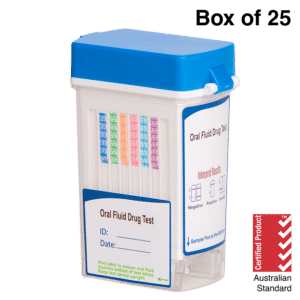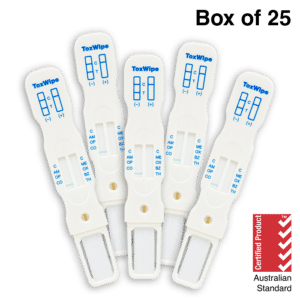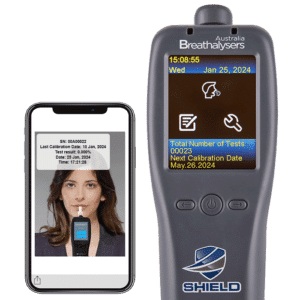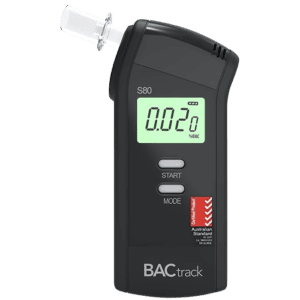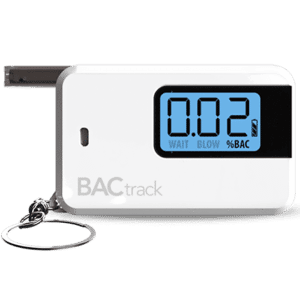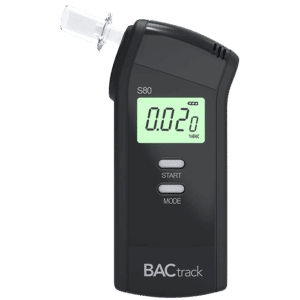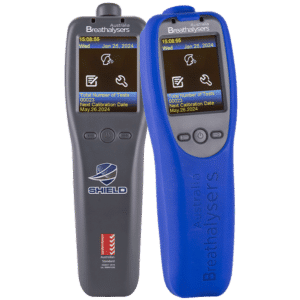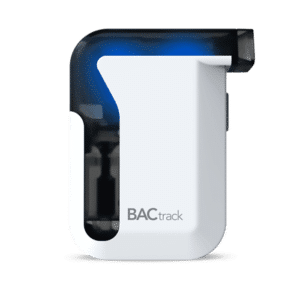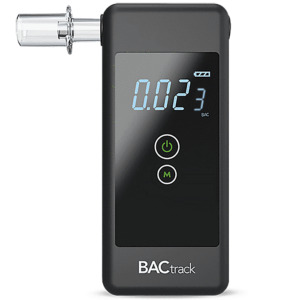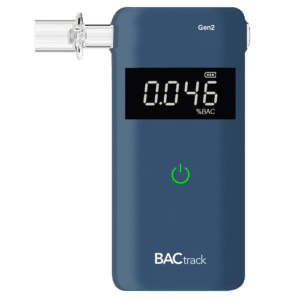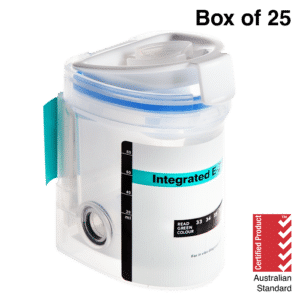Alcohol Policy: A Guide for Implementing One
18 January, 2024

Alcohol consumption and its associated risks are prevalent issues in society. Hence, there is a growing need for informed and well-thought-out alcohol policies to tackle the challenges of harmful alcohol consumption. However, creating and implementing an effective policy is a complex task. This is why the government and various organisations must work together to implement them. They must establish comprehensive frameworks and implement testing methods to ensure compliance with the policy.
It is essential for an alcohol use policy to strike a balance between individual freedom and societal well-being. This is what makes implementing a comprehensive policy so complex. This is also why it needs cooperation from various levels to become effective. Organisations may incorporate blood, breath, urine, saliva, and hair testing into their policies to monitor employee compliance. The following sections will present the need for a policy, the frameworks, and the types of testing methods.
The Need for Alcohol Policy
Alcohol policies serve a crucial role in society. They are important documents that outline the guidelines and rules regarding alcohol issues. They help regulate the consumption, distribution, and sale of alcohol. It is through enforcing these policies that governments can address the harmful effects of alcohol. Hence, different stakeholders collaborate to develop them.
An effective policy can promote responsible drinking behaviours, protect public health and safety by reducing accidents, and minimise the negative impacts of excessive consumption of alcohol on individuals and communities. In addition, it can reduce underage drinking by restricting the availability of alcohol to those who are above the legal drinking age.
Furthermore, the policy can help promote education and awareness about substance misuse. It can help establish rehabilitation services for those suffering from alcohol-related issues and allow them to recover. Overall, a comprehensive policy benefits the health and well-being of people in different communities. Nevertheless, these should be regularly assessed and modified to suit the changing needs of society.
Effects of Alcohol
The effects of alcohol can vary greatly depending on the amount consumed and the tolerance of the individual. These are some of them:
- A sense of euphoria, giddiness, and lowered inhibitions.
- Feelings of relaxation and drowsiness.
- Slurred speech and impairments in hearing and vision.
- Lack of coordination, slower reaction time, and reduced motor control.
- Impulsive behaviour and increased likelihood of committing dangerous acts, such as drink driving and violence.
- Loss of consciousness and difficulty remembering events occurring while intoxicated.
- Short-term ailments may include nausea, vomiting, headaches, and diarrhea.
- Increased risks for heart, liver, and kidney diseases, including cancer.

Alcohol Policy Frameworks
Alcohol policy frameworks are essential tools for governments and organisations to regulate the production, sale, and consumption of alcohol. These frameworks provide detailed guidelines and regulations that can help prevent alcohol-related harm and promote public health and safety. By establishing alcohol laws for intervention, governments may observe reduced safety issues.
Typically, they address issues regarding the licensing and regulation of liquor retailers. It can include details about suggested operating hours of licensed venues to limit access to alcohol. It may also inform the price and taxation of alcoholic beverages. They may set minimum prices and regulations regarding the supply of alcohol. It may also establish rules concerning the advertising and marketing activities of these substances.
These frameworks help establish collaboration between various organisations. This includes health professionals, law enforcement agencies, and various industry representatives. This allows them to make coordinated efforts for harm reduction and provide adequate resources for the betterment of the community. Overall, it can help reduce the effects of harmful alcohol consumption.
Objectives
Alcohol use policies have several objectives that frameworks seek to accomplish. Firstly, it aims to ensure the health and well-being of everyone in the community. This includes preventing accidents and injuries from alcohol-related incidents. Additionally, it seeks to educate individuals on the effects alcohol can have on the body.
Secondly, policies seek to protect people in vulnerable positions. Communities more susceptible to the misuse of alcohol should be provided with suitable interventions, such as counselling services and medical help. Lastly, it can be an objective of the policy to unite various organisations into targetting and enforcing policies for specific concerns.

Types of Testing in an Alcohol Policy
An alcohol policy may include several types of screening methods to measure and detect alcohol consumption. One of these methods is urine alcohol testing. This uses urine samples to determine recent consumption of liquor. It typically has a detection period of 24 hours. However, an Ethyl Glucuronide (EtG) test can extend the detection window to 80 hours. This is commonly used for workplace testing.
Another testing method is saliva testing. This involves using saliva samples to identify the presence of alcohol for up to 12 hours before collection. Many organisations use it for onsite testing since the collection procedure is simple. Moreover, breath testing is a non-invasive alcohol testing method for measuring the Blood Alcohol Concentration (BAC) levels of individuals. It has a detection window of up to 24 hours.
Meanwhile, blood testing involves using blood samples to trace ethanol or its metabolites in the bloodstream. It is considered the most accurate testing method and is often used for legal purposes. Lastly, a hair follicle test has a detection period of up to 90 days. This helps identify periods of abstinence and consumption over a significant period.
Implications of Breaching the Policy
A positive or non-negative result on a test indicates that a person has violated the policy. Breaching it can have severe consequences for individuals and organisations alike. In the workplace, individuals may face disciplinary actions if they break the policy, such as warnings, suspensions, demotion, or even termination. It can affect their career prospects and harm their reputation.
Meanwhile, if an organisation breaches their policy, it can lead to legal liabilities due to the accidents it may cause. This can damage their reputation and lead to financial loss. Furthermore, this may create an unproductive work environment since alcohol misuse can lower productivity and morale.
Conclusion
Governments and organisations implement alcohol policies to regulate the consumption and supply of alcohol. Its objectives are to minimise potential risks and protect individuals from the harmful effects of liquor. By establishing frameworks, the policy can establish rules regarding the price and taxation of alcoholic beverages. They can also provide guidelines regarding advertising and marketing of liquors. Nevertheless, it is crucial to regularly make adjustments to the policy to address new issues and adapt to the needs of society.
Organisations may use several testing methods to identify alcohol misuse. Breath, urine, saliva, blood, and hair tests provide accurate results and may suit different needs. Reliable results can ensure the fair implementation of disciplinary action if an individual does break the policy. Organisations must show their commitment to upholding their policies to protect their workers, avoid legal liabilities, and prevent damage to their reputations. Employers may consider the workplace breathalysers at Breathalysers Australia for breath testing.















